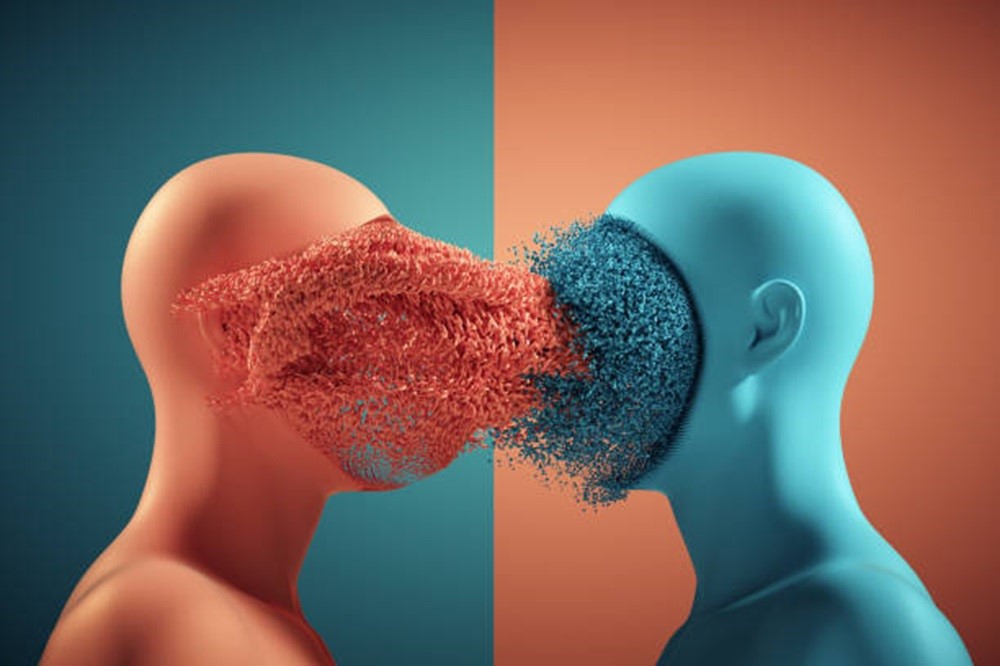AI Face Swapping: Seamless Exchange of Identities
Face Swapping is an advanced image or video manipulation technique, where facial features from the resource are superimposed into the image or video of the targeted individual. This method produces highly convincing and super realistic results that the human eye can distinguish between real and manipulated faces. Advanced machine learning algorithms and computer vision are integrated to generate highly authentic online face swaps.
The adoption of this advanced technology is not limited to professionals or tech giants, even common people with technical know-how can create AI face swap. The ease with which the technology is available to everyone often presents challenges.
Generative Adversarial Networks: Creating Realistic Faces
Technological growth has enhanced the sophistication of this technique and various powerful technologies like deep learning, image manipulation, computer vision, deep learning, generative adversarial networks (GANs), and convolutional networks (CNNs) are integrated to produce sharp outputs. Let’s explore a particular technology facilitating the world of AI face swaps and how highly convincing faces are fabricated that can even evade advanced authentication solutions.
GANs are a special type of artificial intelligence consisting of two neural networks named generator and discriminator. These neural networks are trained on extensive dataset identities to collectively produce realistic and convincing faces.
- The generator analyzes the facial features from the resource, extracts the required features, and warps the features onto the targeted image or video.
- The discriminator evaluates the results produced by the generators and predicts the difference between the real and fake faces.
The whole process is continued until the desired results are achieved, and when the discriminator fails to distinguish between real & fake, suggesting that realistic online AI face swaps are precisely fabricated.
Digging Deep into the Online Face Swap
Technology has made advancements to the extent that facial features from one source are blended into an image or video of the targeted individual, blurring the boundary between real and fake identities. This is the magic of online face swapping. The evolution can be traced back to earlier times before the advent of computer programs when people used to cut photos of the desired persons and paste the faces on others’ images to hide their true identities.
Early movies also used this technique to mix up two faces to create special effects and comedic scenes. With the advent of computer and innovation, people started using photo editing programs for this very purpose. Things become more interesting when people got tools to share their facial images online anywhere in the world, with the propagation of the internet.
The technological developments have made it effortless and simpler to swap one’s face into others and this is where things are getting disingenuous and tricky. The face swapping technology is set to experience more futuristic prospects as technology is continuously advancing and many wonders are awaiting further.
The Creative Potential of AI Face Swap
AI face swapping has offered astonishing applications in art and media production, and opened a treasure of creative possibilities in many ways. Artists and filmmakers implement AI face swap to produce intriguing and captivating visuals where historical faces are swapped with modern faces, pushing the boundaries of art, social change and storytelling.
Online face swap also find applications in educational prospects, to create interactive experiences fostering understanding and familiarity of varying cultures. In addition, this is also deployed to bring historical figures into life, enhancing the learning experience and fostering visual understanding.
Misuse and Ethical Concerns
The malicious uses of online AI face swap has ourweighed the positive use cases, as cybercriminals largely deploy this technique to create fabricated identities and use these manipulated faces for fraudulent activities. Online face swaps are generally used to create highly realistic deepfakes of targeted individuals. These deepfakes appear highly convincing and super-natural that even advanced authentication systems fail to recognize the difference between real and fake identities.
AI deepfakes are extensively generated for malicious purposes such as to spread false information, spread violence, manipulate people’s perception, damage victim’s societal image or sway elections. The ease with which deepafakes are generated, spell a chilling effect and stress the need to deploy advanced techniques which can detect the fabricated identities. Furthermore, anyone’s identity can be impersonated or anyone could victim to the menace of AI face swaps, raising the privacy concerns about the data collection and storage measures.
Final Thoughts
The potential applications of online AI face swap are undeniable, however the malicious uses of the technology are overshadowing the advantages. Responsible implementation of the technology along with regulatory compliance are required to mitigate the associated concerns and challenges, fostering the positive use of the technology. Individuals can play a critical role in addressing these challenges by employing effective preventive measures. Staying alert, confirming the legitimacy of the source before trusting information and minizing digital footprints can help individuals to evade the threats.


